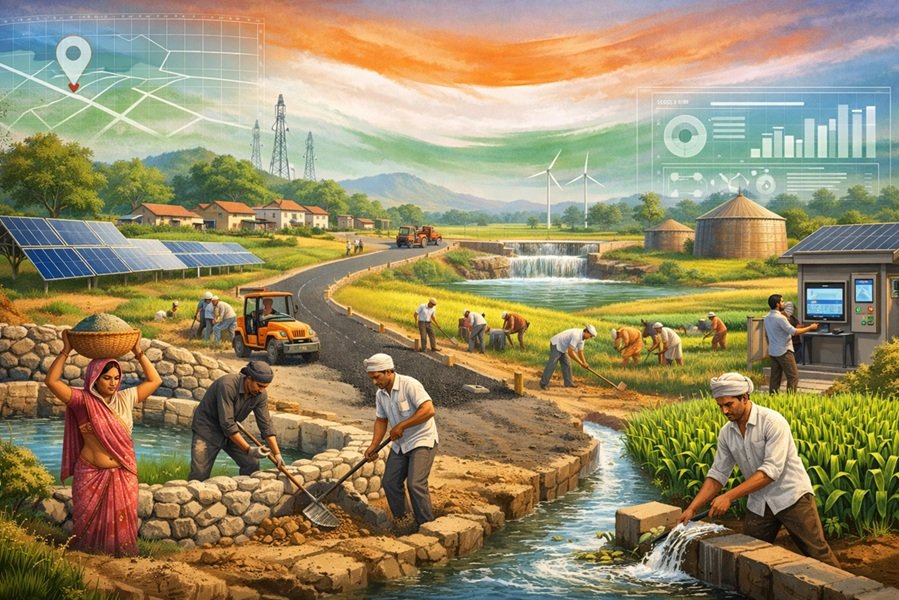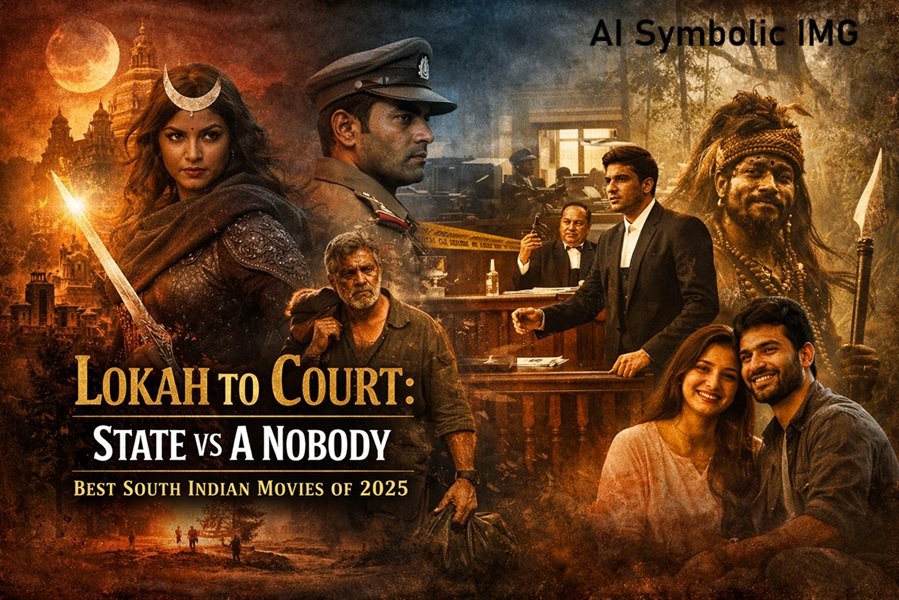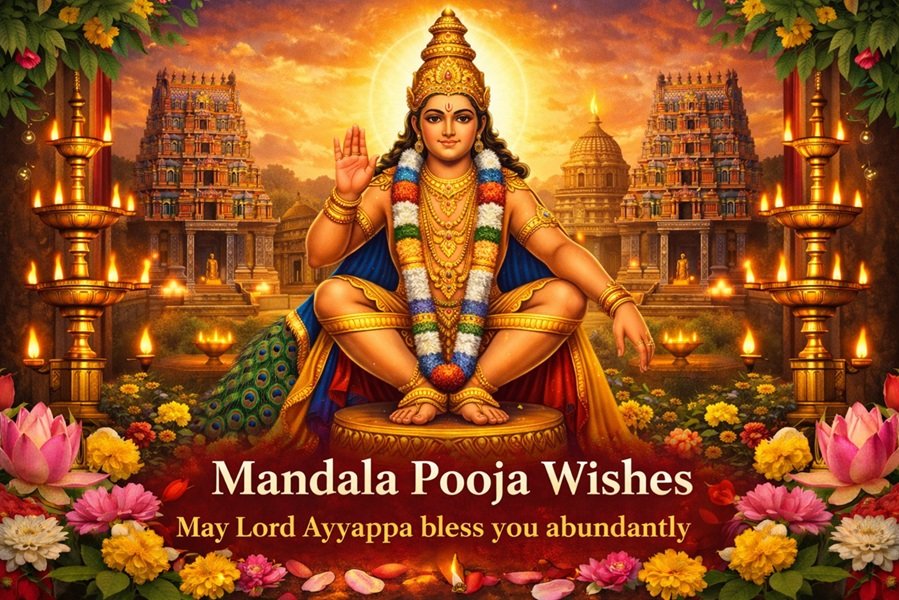
Article 21 of the Indian Constitution stands as one of the most significant and comprehensive provisions in the Indian legal framework. Enshrined under the Fundamental Rights, it guarantees every individual the right to life and personal liberty, forming the bedrock of human rights in the country. Over the years, judicial interpretations have expanded its scope, transforming it into a cornerstone of India’s commitment to justice, liberty, and dignity.
This article delves into the nuances of Article 21, its key components, judicial interpretations, and its impact on Indian society.
Text of Article 21
The exact wording of Article 21 reads:
“No person shall be deprived of his life or personal liberty except according to procedure established by law.”
This seemingly simple provision encompasses profound implications, balancing individual rights with state authority.
Key Features of Article 21
- Universal Applicability:
- Article 21 is available to both citizens and non-citizens of India.
- Negative and Positive Rights:
- While it prohibits the state from arbitrarily taking away life or liberty, judicial interpretations have added positive obligations to protect these rights.
- Procedure Established by Law:
- Ensures that deprivation of life or liberty must follow due legal processes, safeguarding individuals from arbitrary actions.
- Expanding Horizons:
- Over time, courts have interpreted Article 21 expansively to include various derivative rights essential for a dignified life.
Judicial Interpretation and Expanding Scope
Indian judiciary has played a pivotal role in transforming Article 21 into a dynamic provision encompassing various facets of life and liberty. Key judgments include:
1. A.K. Gopalan v. State of Madras (1950):
- Initially, the Supreme Court interpreted “procedure established by law” narrowly, confining it to laws passed by the legislature.
2. Maneka Gandhi v. Union of India (1978):
- This landmark case expanded the scope of Article 21, emphasizing that the procedure must be “fair, just, and reasonable.” It linked Article 21 with Articles 14 (equality before the law) and 19 (freedom of speech and expression), creating a trinity of fundamental rights.
3. Francis Coralie Mullin v. Administrator, Union Territory of Delhi (1981):
- Recognized the right to live with human dignity as part of Article 21.
4. Olga Tellis v. Bombay Municipal Corporation (1985):
- Declared the right to livelihood as an integral aspect of the right to life.
5. K.S. Puttaswamy v. Union of India (2017):
- Affirmed the right to privacy as a fundamental right under Article 21.
Rights Derived from Article 21
- Right to Livelihood:
- Protects individuals against actions that deprive them of means to earn a living.
- Right to Shelter:
- Ensures access to adequate housing as part of a dignified life.
- Right to Privacy:
- Safeguards individuals from unwarranted intrusions by the state or private entities.
- Right to Health and Medical Care:
- Mandates access to health facilities as part of the right to life.
- Right to Education:
- Encompasses free and compulsory education for children under the Right to Education Act.
- Right to a Pollution-Free Environment:
- Recognizes environmental protection as essential to the quality of life.
- Right Against Inhuman Treatment:
- Protects individuals from torture or cruel treatment.
- Right to Fair Trial:
- Guarantees a fair and impartial judicial process.
Significance of Article 21
- Foundation of Human Rights:
- Article 21 ensures dignity, equality, and liberty, serving as a foundation for various rights and freedoms.
- Judicial Activism:
- Expansive judicial interpretations have addressed emerging societal needs, keeping Article 21 relevant.
- Check on State Power:
- Prevents arbitrary and oppressive actions by the state.
- Catalyst for Social Justice:
- Encourages the state to undertake welfare measures to ensure a dignified life for all.
Challenges and Criticisms
- Balancing Rights and Security:
- Ensuring individual liberties while addressing national security concerns.
- Ambiguity in Scope:
- Expanding interpretations sometimes blur the boundaries of Article 21.
- Implementation Gaps:
- Socio-economic disparities hinder the practical realization of rights under Article 21.
Conclusion
Article 21 of the Indian Constitution is more than just a legal provision; it is a symbol of India’s commitment to upholding human dignity and liberty. Through progressive judicial interpretations, it has evolved to address contemporary issues, ensuring that the right to life encompasses not just physical existence but a life of quality, dignity, and respect. While challenges remain in its implementation, Article 21 continues to be a beacon of hope and justice in the Indian legal framework.







